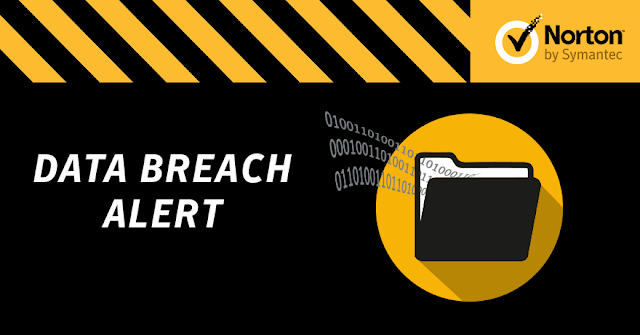Learnings from Dropbox’s data breach:
The best defense against data breaches is diligence and proactive protection
Recently, Dropbox announced that 68 million user credentials have been exposed in a data breach. While actions have been taken to remedy the situation, this serves as a reminder that we can never become too complacent when it comes to cybersecurity.
According to the Norton Cybersecurity Insights Report, 1 in 5 Singaporeans have admitted to sharing passwords with others. Though this may seem harmless, the importance of proper password management should not be underestimated – it could lead to personal documents, images and other valuable information being leaked and exposed.
Data breaches aren’t easily preventable on the part of a consumer but there are actions that can be taken in the event of a data breach to help stay protected:
· Single, complex passwords can be difficult to remember, let alone multiple ones. A good amount of users tend to use the same password across multiple sites. As a result, data obtained from one website breach will be used across other websites, in hopes of email and password reuse, granting the criminal access to additional accounts. It is recommended to change passwords on any sites that use the same email and password combination immediately. Be sure that each password is unique to each site.
· Enable two-step verification. Even if a website or app has strong security controls, online accounts can become vulnerable to attack if passwords are duplicated or are weak . That’s why Dropbox and Norton strongly recommend turning on two-step verification for Dropbox and other sites that support it.
· Since passwords are a bit tricky to manage, Norton can help. Learn more about safe passwords and password managers and keep them secure via Norton’s Identity Safe for free.
· Those who are unsure of who have been affected by this breach, or any other data breach, can sign up for haveibeenpwned.com, which will send an email notification if any usernames and/or emails have been exposed in a data breach.
For more information about the data breach and best practices, visit Symantec’s blog here.
For the LATEST tech updates,
FOLLOW us on our Twitter
LIKE us on our FaceBook
SUBSCRIBE to us on our YouTube Channel!






